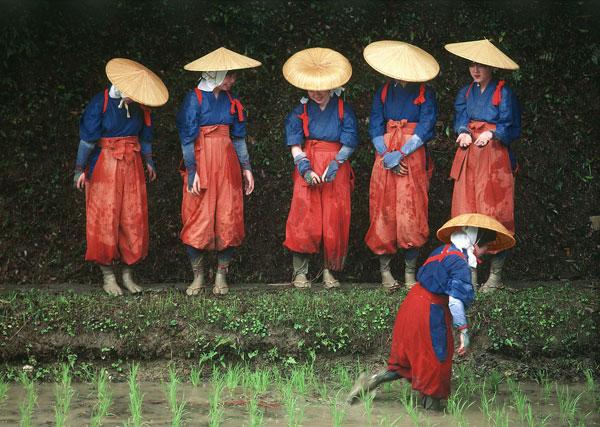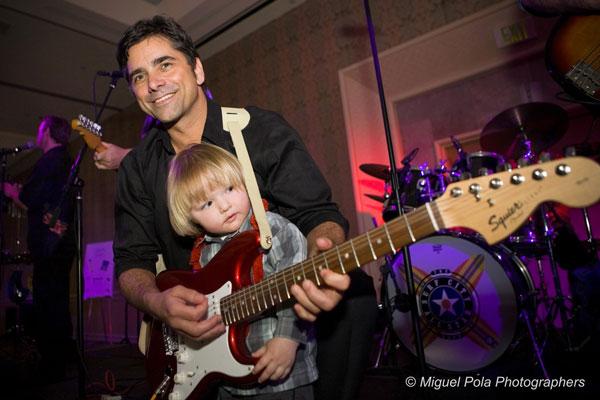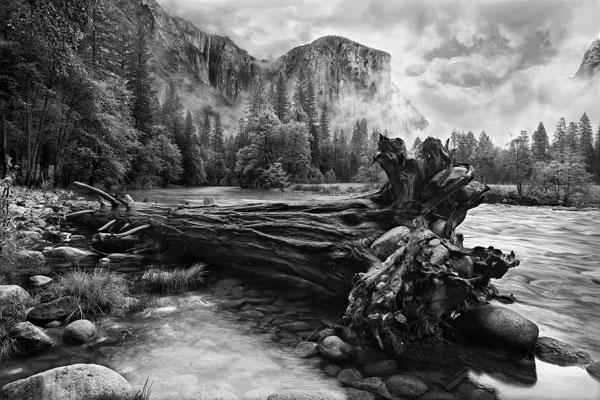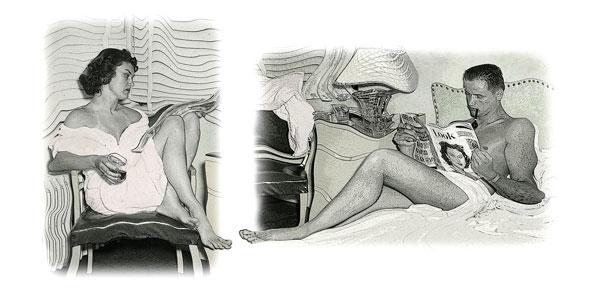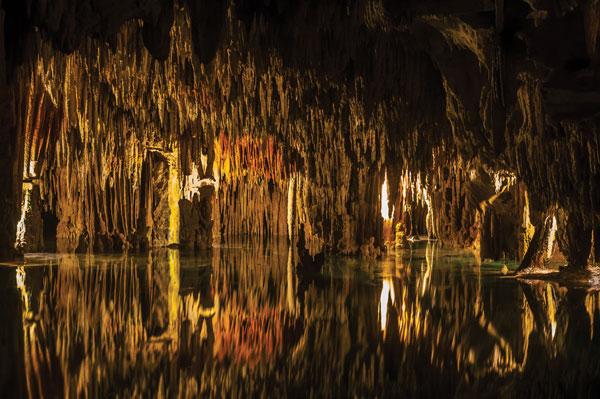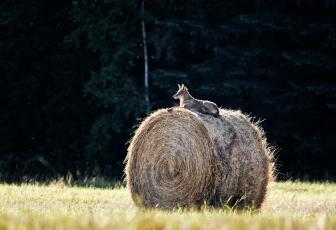|
Dec 31, 2013 |
First Published: Nov 01, 2013
|
Jan 03, 2014 |
First Published: Nov 01, 2013
|
Nov 05, 2013 |
First Published: Oct 01, 2013
|
Nov 12, 2013 |
First Published: Oct 01, 2013
|
Nov 15, 2013 |
First Published: Oct 01, 2013
|
Nov 19, 2013 |
First Published: Oct 01, 2013
|
Nov 22, 2013 |
First Published: Oct 01, 2013
|
Nov 26, 2013 |
First Published: Oct 01, 2013
|
Dec 04, 2013 |
First Published: Oct 01, 2013
|
Oct 15, 2013 |
First Published: Sep 01, 2013
|
Oct 25, 2013 |
First Published: Sep 01, 2013
|
Aug 16, 2013
|
Sep 06, 2013 |
First Published: Aug 01, 2013
|
Sep 10, 2013 |
First Published: Aug 01, 2013
|
Sep 20, 2013 |
First Published: Aug 01, 2013




